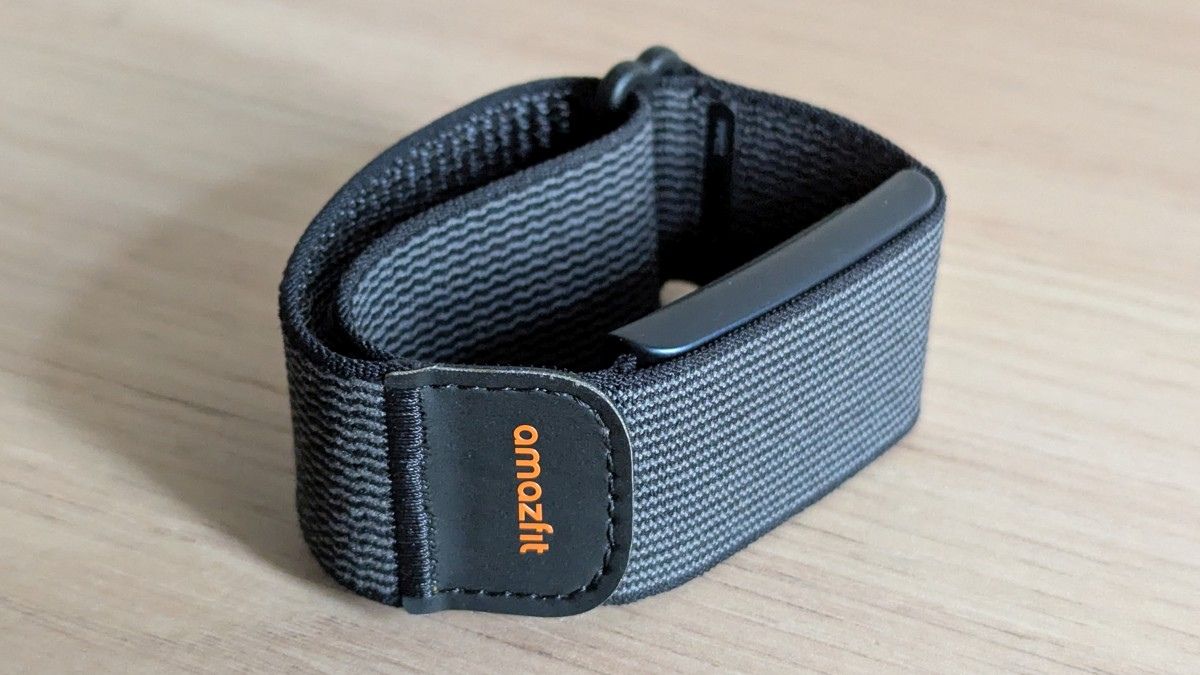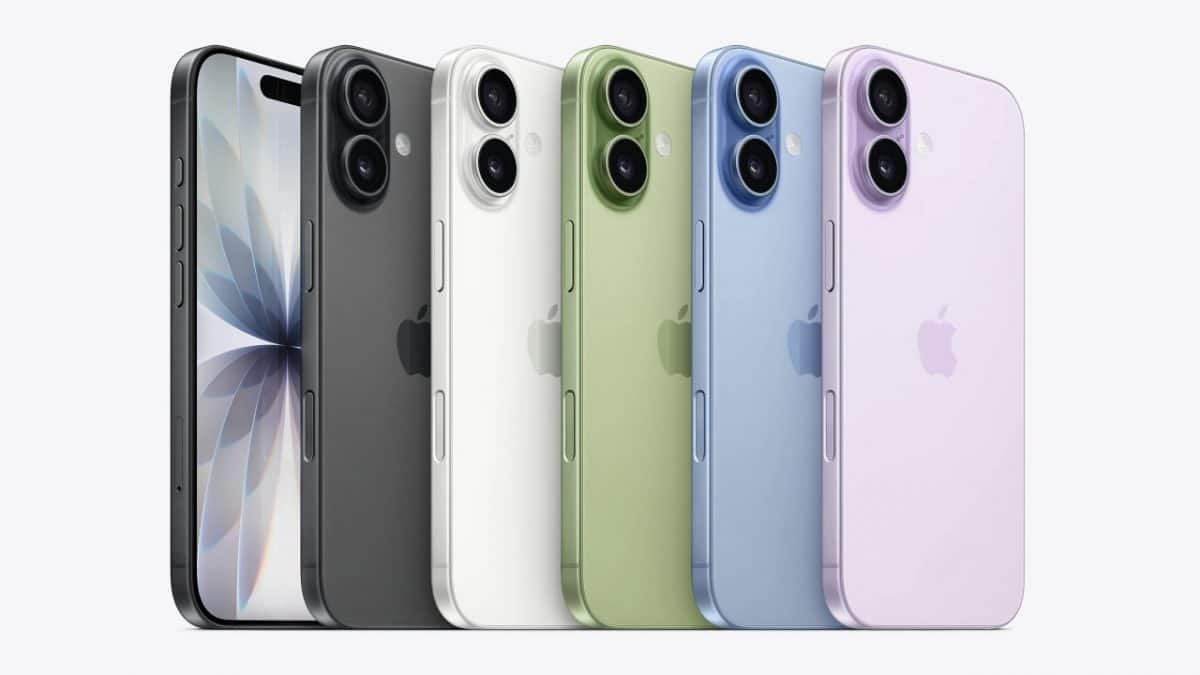Pros:
24/7 health and fitness tracking
Continuous and accurate heart rate monitoring
Swimproof with 5ATM water resistance
Lightweight and comfortable to wear all day
Good battery backup
Zepp app is simple and insightful, BioCharge is a good addition
Syncs with other Amazfit watches for improved accuracy
Fitness data can be exported to several third party fitness apps
Cons:
Lack of display can be hard to adjust to (but it is not meant to have one)
Workout data takes a while to sync with the app at times
Oximeter and GPS would have been good to have
Rating: 4/5
Price: Rs 8,999
You may have spotted this nonchalant band on the wrists or arms of cricketers or athletes and wondered what it does. We have been using one such product for the past few weeks and will tell you everything you need to know about it. What exactly does it do, whether you need one, how it differs from a regular fitness watch and more - read on to know what the Amazfit Helio strap is all about.
What exactly is the Amazfit Helio?
Broadly speaking, the Amazfit Helio is a fitness tracker that continuously monitors your heart rate. It has a bunch of other sensors like an accelerometer, gyroscope, thermometer etc to gauge other parameters as well as your movement, and of course there’s a battery inside to power it. All this in a tiny, inch-long body that fits into a compatible strap. The company bundles a nylon strap along, and that plus the tracker barely weighs about 20 grams and is comfortable to wear all day and night without even feeling its presence.
Unlike fitness watches, this one does not have a display or buttons. It uses all its battery reserves for accurately tracking your health parameters for as long as possible. It doesn’t even have any battery-heavy hardware like an oximeter or GPS, though they would have been good to have. Similarly, a lack of display can be hard to adjust to initially as you often forget this isn’t a watch but a fitness tracker. But then, you can always wear a watch on the other arm.
Impact Shorts
More ShortsWho should buy the Amazfit Helio?
The Amazfit Helio is largely meant for athletes and those who are serious about their cardio-vascular or strength training, and of course, the recovery process. It captures continuous heart rate every second and provides deep health insights ranging from calories burnt to stress levels to sleep quality and recovery. Even better, you do not need to buy a subscription to get the insights like some of its competitors. The Zepp app that you need to sync this strap with does it for you and does it very well. Even better, you can export the data to third party fitness apps like Strava, Google Fit, Apple Health etc.
Another use case of the Helio, and I don’t think Amazfit even had that in mind when making this product, is that it solves a dilemma people have been facing lately. A lot of users have been habituated to fitness watches but miss their good old analog time pieces. Obviously, wearing both makes one look silly but not if you have the Helio on one arm and an analog watch on the other. If you wish to conceal the Helio, that’s an option too by wearing it on your bicep under the sleeve; it tracks as efficiently.
And it’s not just analog watches you can wear it with. Incidentally, if you have an Amazfit watch, the Helio works quite well with it. Given that the Helio tracks your heart rate more accurately than any other watch from the company, it can take over the heart rate monitoring from the Amazfit watch you sync it with and provide precise results. At the same time, you can choose a specific workout from the other watch (Helio only supports 27 workout modes while other Amazfit watches can track a lot more) and take advantage of its display too.
How well does it perform?
As I mentioned earlier, the Amazfit Helio measures your heart rate every second and hence provides more data points for health tracking; most fitness watches track it less frequently unless you start a workout. As a result, it provides deeper insights into your activity as well as recovery - an oft ignored part of fitness. Other than your active and resting heart rates and calories burned, it also tracks heart rate variability, stress levels, sleep quality with a further breakdown of sleep stages, physical activities and more.
The Readiness score available in earlier Amazfit watches has now metamorphosed into something called BioCharge energy monitoring, and we quite like it. It factors in multiple parameters like how well-rested you are when you wake up, your exertion load throughout the day, fatigue and recovery and more to determine your energy levels or BioCharge at any given point in time. A good night’s sleep or a power nap adds to the BioCharge while any physical activity consumes it. Inactivity also consumes it but at a slower pace.
One needs to maintain a good balance between the two. The Zepp app gives timely suggestions about when you need to slow down or step up and what different levels of BioCharge at different times imply. Similarly, you get suggestions about your sleep quality too and how to improve it. The sleep tracking here seems to be on the money, and in addition to the sleep stages you also get information about resting heart rate, heart rate variability, skin temperature changes, sleep apnea risks and more. The variety of things this little device can track is quite impressive
As for auto-detection of workouts, the Helio can only do as much. It claims to track 27 workout modes including HYROX race (which is not my cup of tea). As for regular walks and jogs and strength training, it does a fair job of guessing what’s going on. The pedometer works well but since there is no GPS chip in here, distance tracking is fair at best. It doesn’t track weight training as well as some of the other Amazfit watches like the Bip 6 or the Balance 2 which can also track the number of repetitions with a great degree of accuracy.
Also, at times the records take a while to reflect in the app as the strap doesn’t realise your workout is over till your heart rate lowers and stays there for a while. You do get a notification when they are added. The Amazfit Helio is more like a ‘wear it and forget it’ type of device that keeps doing its stuff without expecting any inputs from you. If you want to be more in control of things, then you need to get another Amazfit watch and wear both.
The continuous heart rate tracking is outsourced to the Helio while you can choose a workout and check the progress live on the watch. Incidentally, we had an Amazfit Balance 2 at hand and could try this feature out. It works well. Even if you wear both at different times, the activities tracked by either are synced with the Zepp app and you get a consolidated report in the app if not on the watch. For instance, if you walk 2000 steps wearing just the watch and another 1000 while only wearing the Helio strap, the watch will still show 2000 steps but the Zepp app shows 3000.
What is the battery life of the Amazfit Helio?
The Amazfit Helio is fitted with a 232 mAh battery that is expected to last for 10 days on a full charge. The figure is correct as the strap went on for over 9 days during each of our test runs. If you wear this strap along with another Amazfit watch, its battery life doesn’t get impacted but prolongs the battery of the other watch as the Helio takes over the heart rate monitoring while the watch can use its reserves for other tasks. This symbiotic feature is damn neat. A charging head for the Helio that plugs into any USB-C charger is bundled along.
Amazfit Helio: Price and verdict
The Amazfit Helio is priced at Rs 8,999 in India with a one year warranty. That is a fair price for a product like this, especially given that you do not need to spend more on any subscription to analyse the captured data.
The Zepp app does it for you. While the Amazfit Helio is a great product for those who actually need one, it is not for all. A simple fitness watch like an Amazfit Bip 6 may work better for most. However, if you have a use case (like those I mentioned earlier), go ahead and buy one. It will serve you well in your fitness journey.


)

)
)
)
)
)
)
)
)



